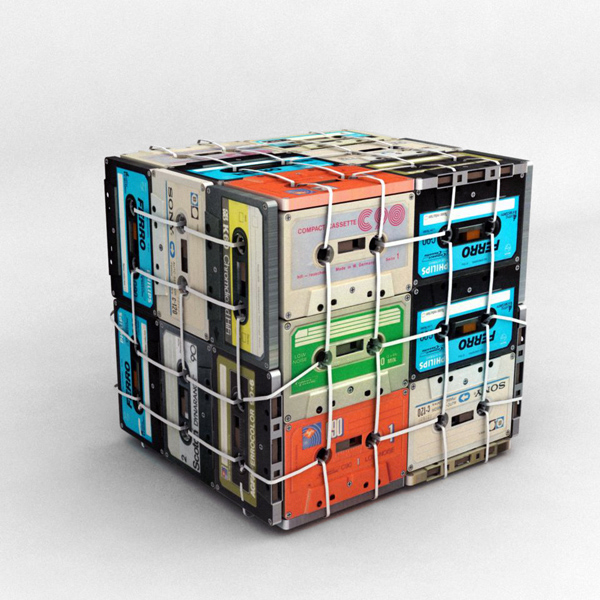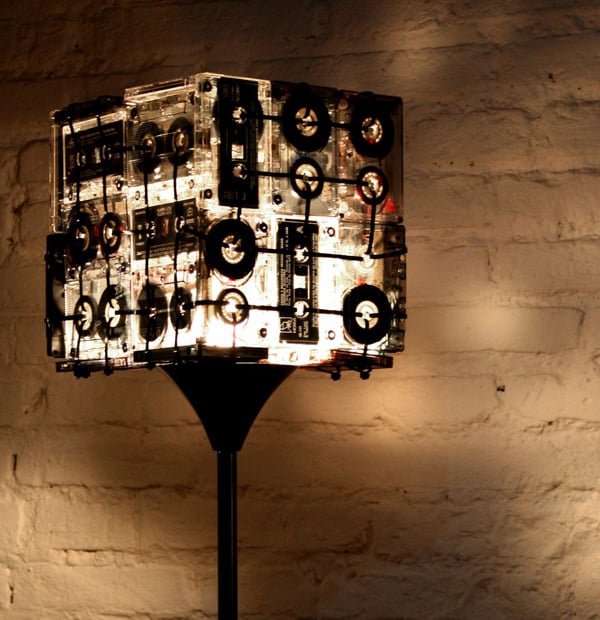Notions of past grandeur have always captivated the human mind. The idea that we are the result of a long line of developments, and cultural transformations pulls us out of the prison of time and urges us to imagine what life would have been were we born in different times. Yet, a lot of civilizations and prosperous cities never made it into modern era, destined instead to fall as quickly as they rose. This is a list of 10 of the most breathtaking lost treasures of human civilization. Cities that were either destroyed, or abandoned, and all but forgotten, only to be rediscovered much later so we may marvel at their once magnificent stint at the helm of human progress.
Pavlopetri, Greece
While there is no strong evidence that the legendary city of Atlantis existed outside popular myth and folklore, many parts of the world have fallen prey to the ever changing wishes of the fickle mistress that is the Sea. Pavlopetri was a town of pre-Classical Greece that was settled in the Stone Age and persisted until approximately the tenth century BC, and is the oldest submerged town in the world. Archaeological in particular have taken a fond liking for the site, since the fact that it is submerged has presented a evocative case study of a civilization that has been very well preserved and not contaminated by the remnants left behind by the occupants who followed soon after. The existence of this site gets one thinking about how many such sites must exist around the world, as surely, sea levels have risen and fallen for thousands of years, and early human settlers have tended to stay at sites such as Pavlopetri - sites that have proximity to water sources and trade routes.


Akrotiri, Santorini
There is little written material left by the Minoan Civilization thus they were largely left forgotten until the renewed push behind archaeological efforts in the 20th century. The discovery of the palace at Knossos revived interest in the Minoan Civilization. Similarly, on the small island of Santorini, there exists the minoan outpost of Akrotiri. The island is also home to the Thera volcano. Many possible explanations for the glorius minoan civilizations coming to an end have been postulated, but the most likely one points to the island of Santorini and its volcano. While the city was in its prime, the very volcano that brought about its eventual demise provided a natural water heating system for the minoans that was in probability the first city-wide hot water system in the world. The city also features exceptionally well preserved frescoes, homes up to three stories high, and a complex planned settlement.

Tikal, Guatemala
Once the capital of the Mayan Kingdom, Tikal was occupied from the 2nd to the 9th century AD. Thanks to the almost perfect preservation of the city the details of the culture that once flourished here are very well known, and very little is left undiscovered, and this offers an opportunity to the interested tourist to get a true picture of life in those times. Tikal was eventually abandoned because it was unable to sustain a growing population. Abandonment occurred over a number of years and the city was left for the jungles to grow over. Yet rumours of a lost city persisted and the city was found in 1848. Tikal is the largest surviving archaeological site in the New World and features 70m high pyramids, palaces, and even a playing arena for the Mayan ball game.
Timgad, Algeria
Timgad was founded by emperor Trajan in the middle of the desert and yet it become a large vibrant trading city, and survived many ups and downs. It even went through a period where it was known as a center of Christianity after it was ransacked in the 2nd century and had to reinvent itself. It could not survive the 7th century sacking by the Vandals though - an event which led to its eventual abandonment. The desert sands then buried the city until 1881, when it was rediscovered. The rediscovered ruins offer a brilliant glimpse into Roman administrated cities in Africa. The magnificent Arch of Trajan still forms the gateway to the city, with other attractions including the baths and the temple of Jupiter that rivals the Roman Pantheon in size. An inscription in the forum reads : “To hunt, bathe, play games and laugh. This is life!”
Machu Picchu, Peru
Machu Picchu is the quintessential lost city. This old Inca city, set picturesquely on the top of a mountain, was only inhabited for a short period of time, before the Spanish raids brought an abrupt end to the civilization. The raids never found the city though, and the locals never revealed its location, and the abandoned city had to wait till the 20th century to be discovered again, and it is not yet certain whether Machu Pichu was used as a retreat, a full fledged city, or simply a sanctuary of some sort. The city is easy to reach in modern times, although this has brought a large influx of tourists and has prompted some to wonder whether such large numbers are sustainable.
Mohenjo-daro, Pakistan
The Indus Valley civilization is one of the worlds most ancient civilizations, reaching its peak at approximately 2000 BC. It was also one of the most advanced civilizations for its time, achieving advances in science, language and culture. The advanced nature of this civilization can be seen at Mohenjo-daro with its ordered streets and drainage system.The lack of a temple or palace at the site has led some to consider it an egalitarian civilization, but there is no confirming evidence for this claim. The Indus and its floods destroyed the city multiple times with new settlements consequently built in their The city was finally abandoned for unknown reasons around 1800 BC and re-discovered only in 1922.
Petra, Jordan
While Petra may not be lost, it was certainly abandoned. The desert city flourished until an earthquake destroyed the vital water system that sustained its population, which preferred to simply move to nearby settlements that had access to essential resources. From then on the site was left to the desert, attracting only the most curious of travelers and grave robbers. Currently it is a world heritage site and one of the greatest middle eastern archaeological sites. The city is partly built from ground up, and partly carved into the red rock that populates the region. The architecture features are a fusion of Roman, Greek and native Nabataean.
Troy, Turkey
Troy was thought for a long time to be a myth until in 1871 Heinrich Schliemann found huge defensive walls at the location of the ancient city of Ilium, as well as golden jewelry postulated to be the jewels of Helen. Modern excavations of the site have revealed the city to be large – large enough to be the basis of the ancient legend. The city was destroyed and rebuilt multiple times, and there is a debate as to which of these layers might relate to the city besieged by the Greeks. Interestingly, the mighty walls of the city would have been more than a match for the weaponry available at that time, and this probably further validates the legend of the Trojan Horse.
Pompeii, Italy
When Mount Vesuvius erupted in 79 AD, it buried with it the ancient city of pompeii. The ash, which destroyed so many lives, yet perfectly preserved the architecture of Pompeii. Pompeii still shows marks of a living city, not just a lost one - political slogans are daubed on walls; “Vote for Lucius Popidius Sabinus!” There is also less politically correct graffiti on toilet walls. A mural shows a riot that occurred around the cities amphitheater. The city has much to offer archaeologists and tourists alike. Also, for whatever reason, the authorities decided not to remove a lot of the dead bodies in the city and you can still see them today, throughout the ruins as ghostly plaster casts left hollow in the ash.
Xanadu, Mongolia
Xanadu, in Inner Mongolia, described in the famous Samuel Taylor Coleridge poem, was the summer capital of Kubla Khan's Yuan Dynasty in China. The city is 2 km wide, and 1.4 km long and the palace alone, where Kublai Khan stayed in summer, has sides of roughly 550m, covering an area of around 40% the size of the Forbidden City in Beijing. The most visible modern-day remnants are the earthen walls. At its zenith, over 100,000 people lived within its walls. But in 1369 Xanadu was occupied by the Ming army and put to the torch. The last reigning Khan, Toghun Temür, fled the city. Today, only ruins remain, surrounded by a grassy mound that was once the city walls, but since 2002, restoration effort has been undertaken, and Xanadu has been officially declared a UN World Heritage Site.




















































